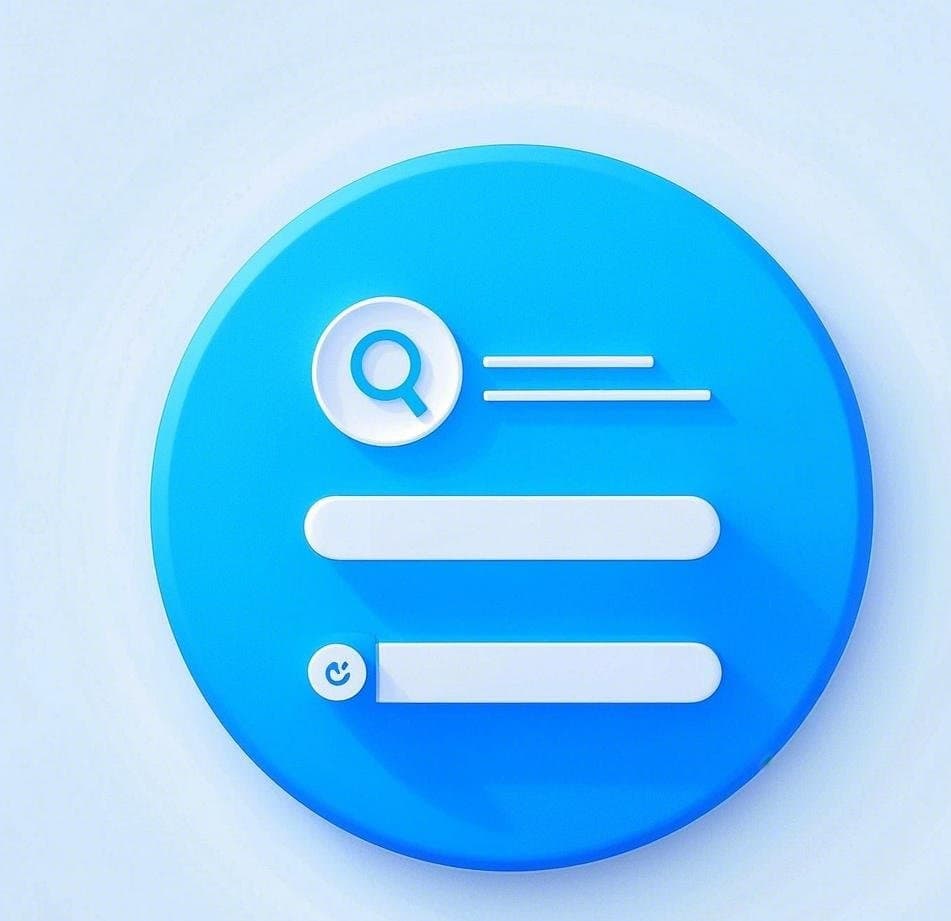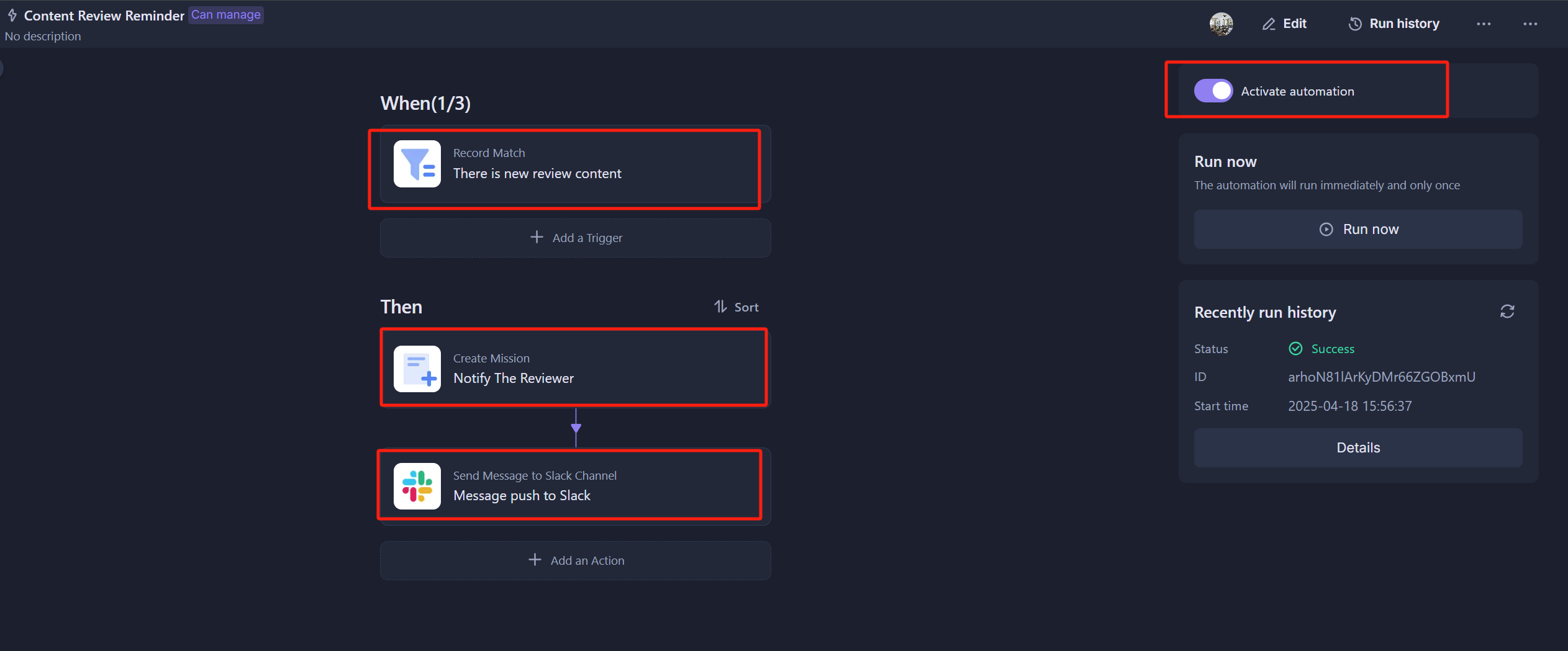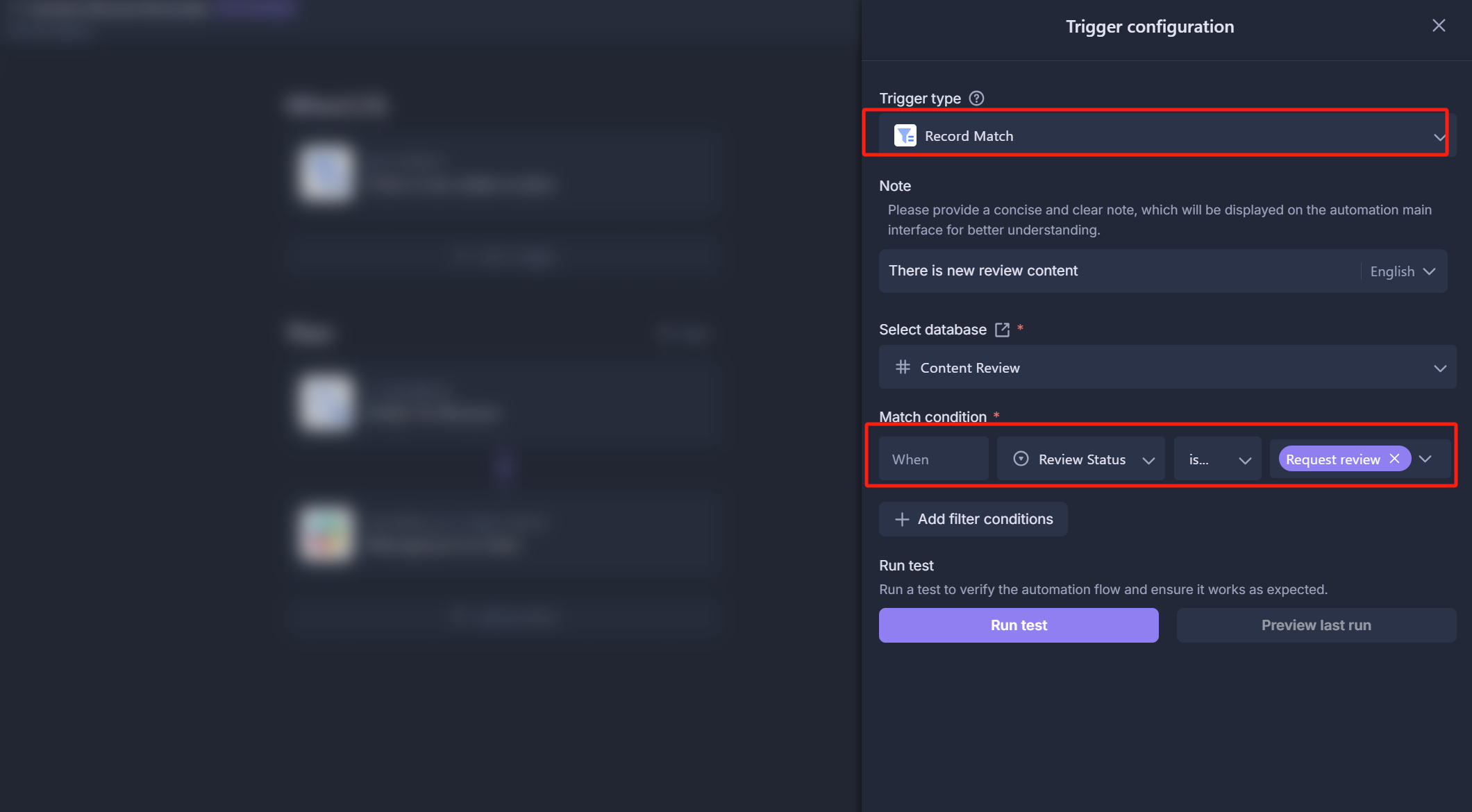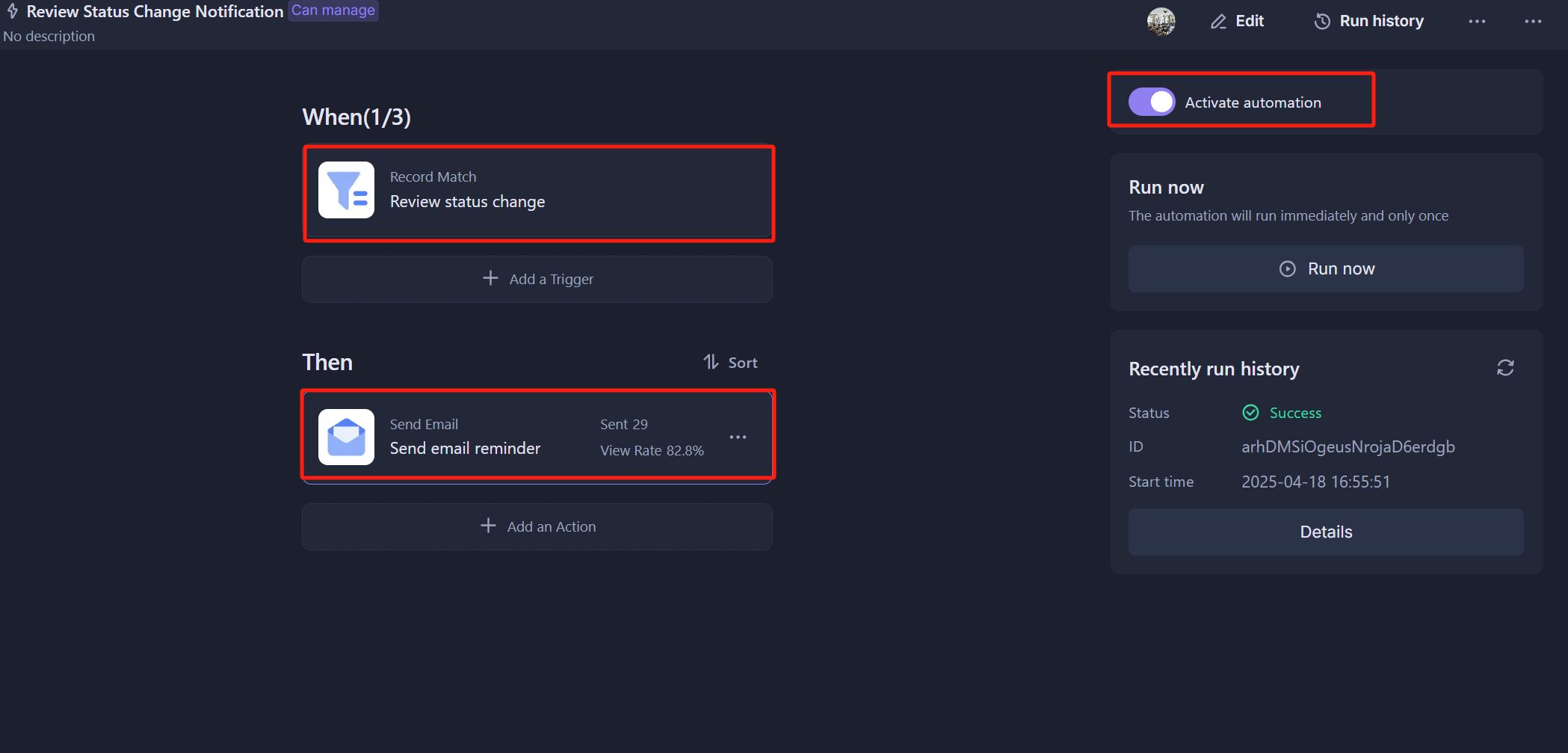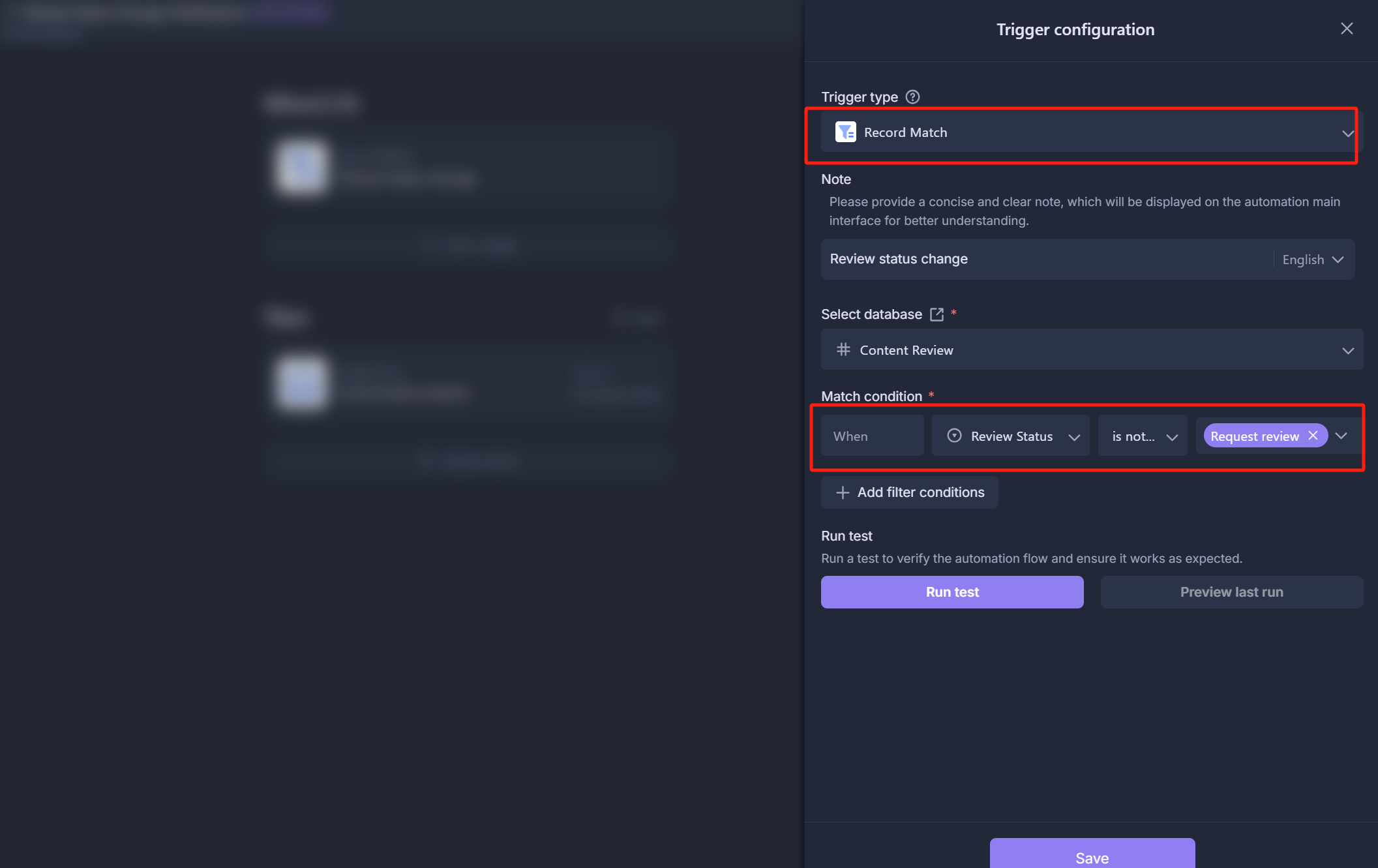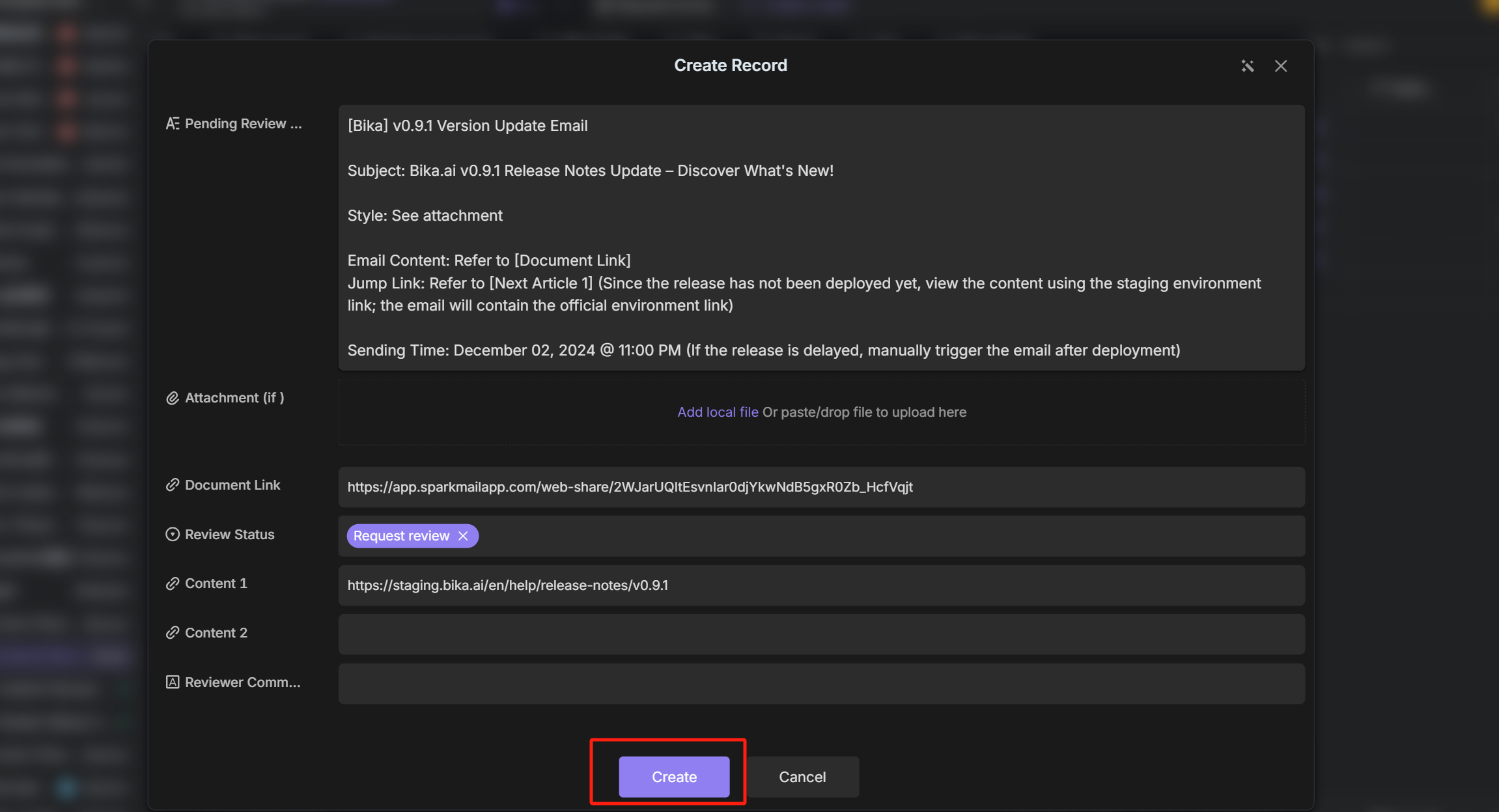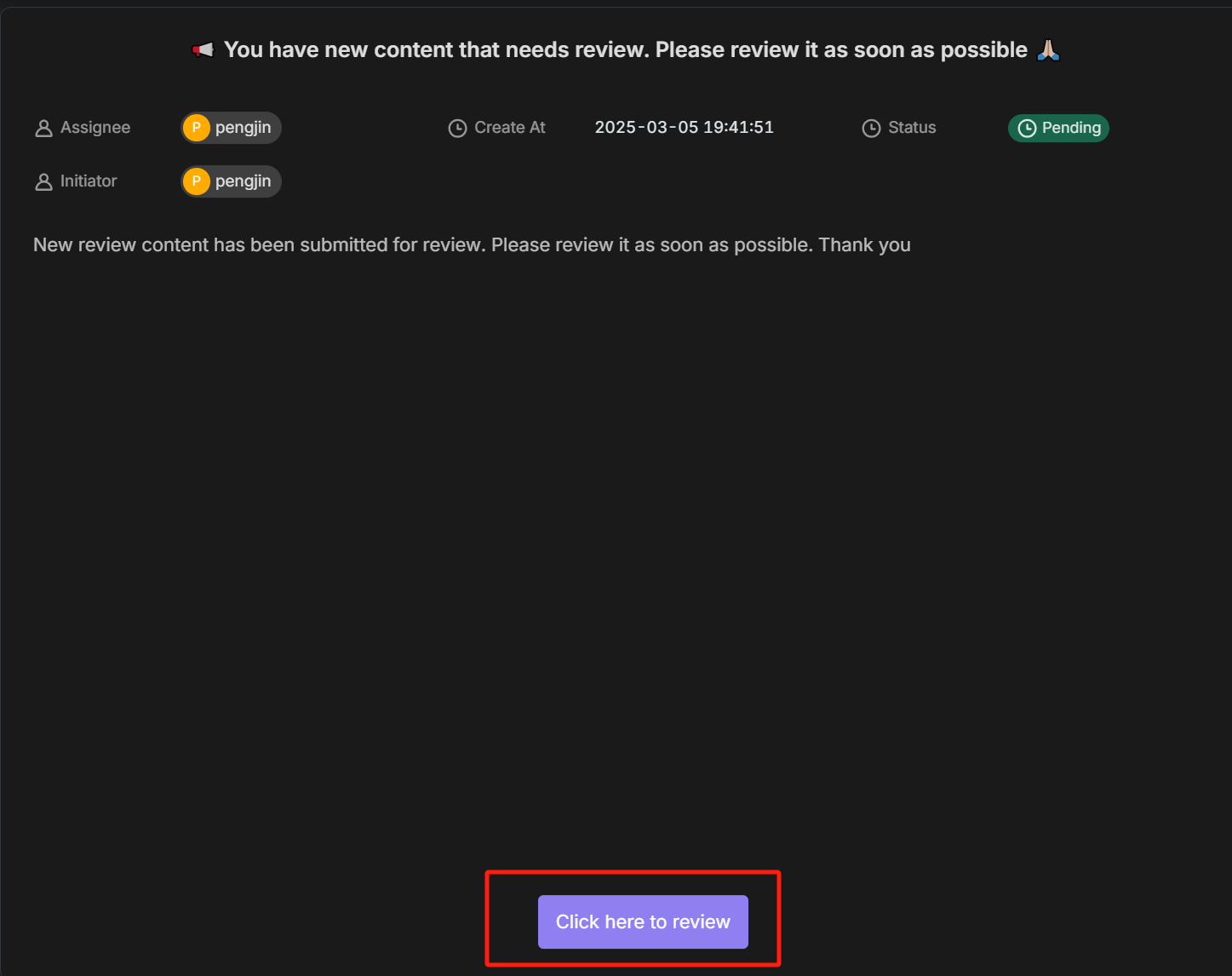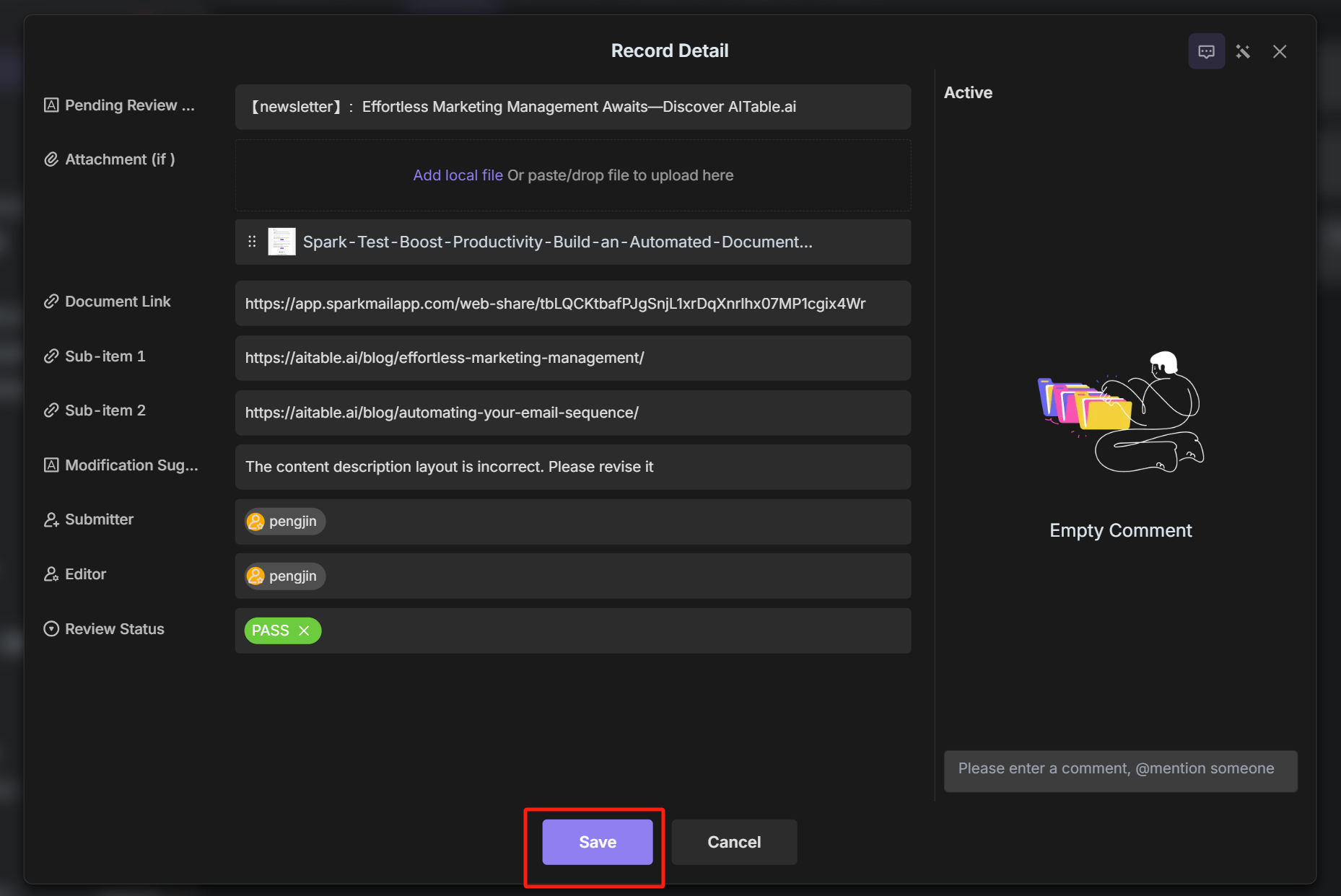
Choosing the Right AI Content Detector: A 2025 Comparison
The Growing Need for an AI Content Detector in 2025
In 2025, the digital landscape is inundated with AI-generated content. From blog posts and academic essays to marketing copy, AI language models like GPT-4 and its successors have made content creation faster and more accessible than ever. However, this surge in AI-generated content brings with it a host of challenges. Plagiarism, in the form of unacknowledged AI-generated text, has become a significant concern. Authenticity is at stake, as readers and consumers expect content to be the product of human thought and creativity. Ethical issues also arise, especially in fields where human judgment and expertise are crucial, such as education and journalism.
An AI content detector is a tool designed to analyze text and determine whether it was written by a human or an AI. These detectors typically use a combination of techniques, including natural language processing (NLP), machine learning algorithms, and statistical analysis. They look for patterns in language use, such as sentence structure, vocabulary choice, and the consistency of writing style, to make their determinations.
Accurate AI content detection is vital for various professions. Educators need to ensure that students' work is their own, as relying on AI-generated essays undermines the learning process and academic integrity. Content creators, whether they are bloggers, journalists, or copywriters, must maintain the authenticity of their work to build trust with their audiences. Researchers, too, need to be certain that the sources they are citing are the result of human research and not AI-generated fabrications.
The comparison between GPTZero and JustDone AI, two popular AI content detectors, is a relevant consideration in this landscape. GPTZero has been lauded for its ability to quickly analyze text and provide a probability score indicating the likelihood of it being AI-generated. JustDone AI, on the other hand, may offer unique features tailored to specific types of content, such as marketing copy or technical writing. Understanding the differences between these two tools can help users make an informed decision when choosing an AI content detector.
:::: key-takeaways ::::
- AI-generated content is rapidly proliferating, posing challenges like plagiarism, authenticity, and ethical concerns.
- AI content detectors use NLP, machine learning, and statistical analysis to distinguish human - written from AI - generated text.
- Accurate detection is crucial for educators, content creators, and researchers to maintain integrity.
- Comparing tools like GPTZero and JustDone AI can assist in selecting the most suitable AI content detector. ::::
Leading AI Content Detector Tools on the Market
As the demand for AI content detection grows, several tools have emerged to meet this need. Here is a curated list of some of the leading AI content detector tools in 2025.
Sapling
Sapling is a well - known tool that focuses not only on AI content detection but also on grammar and style improvement. It is popular among professional writers, editors, and content teams. Its AI content detection feature uses advanced NLP algorithms to analyze text for signs of AI generation.
Unique Features: Sapling offers real - time feedback as you write, which can be incredibly useful for quickly identifying and rectifying any AI - generated content. It also integrates seamlessly with popular writing platforms like Google Docs and Microsoft Word.
Accuracy and Pros: Reported to have a high accuracy rate in detecting AI - generated text, especially in long - form content. Its integration capabilities make it convenient for users who are already using these writing tools in their daily workflow.
Cons or Limitations: The free version has limited functionality, and the paid plans can be relatively expensive for individual users.
 Visit Sapling's official website
Visit Sapling's official website
GPTZero
GPTZero is designed specifically for detecting AI - generated text, with a focus on speed and accuracy. It is suitable for a wide range of users, from students to professional content reviewers. GPTZero analyzes text by looking at patterns in the language that are characteristic of AI - generated output.
Unique Features: It provides a simple and intuitive interface, allowing users to quickly paste in text and get a result. GPTZero also offers a probability score, indicating the likelihood that the text was generated by an AI.
Accuracy and Pros: Known for its high - speed analysis, GPTZero can process large amounts of text in a short time. Its accuracy in detecting AI - generated content has been well - regarded, especially for text generated by popular AI models.
Cons or Limitations: Some users have reported that it may produce false positives in certain cases, especially when dealing with text that has been heavily edited or rewritten from AI - generated sources.
 Visit GPTZero's official website
Visit GPTZero's official website
Winston AI
Winston AI is a comprehensive AI content detection tool that caters to businesses, educational institutions, and content platforms. It uses a combination of machine learning and deep - learning techniques to analyze text.
Unique Features: Winston AI offers batch processing capabilities, which are ideal for organizations that need to review large volumes of content at once. It also provides detailed reports on the detected AI - generated content, including the sections of text that are most likely to be AI - generated.
Accuracy and Pros: High accuracy in detecting AI - generated content across different types of writing. The batch processing and detailed reporting features make it a valuable tool for large - scale content management.
Cons or Limitations: The interface may be a bit complex for novice users, and the pricing for enterprise - level features can be steep.
 Visit Winston AI's official website
Visit Winston AI's official website
ZeroGPT
ZeroGPT is a user - friendly AI content detector that is popular among students and small - scale content creators. It uses a neural network - based approach to analyze text for signs of AI generation.
Unique Features: ZeroGPT offers a free version with unlimited checks, which is a great advantage for those on a budget. It also provides a clear indication of whether the text is likely to be AI - generated or human - written.
Accuracy and Pros: The free version makes it accessible to a wide range of users. It has shown good accuracy in detecting AI - generated content, especially for shorter pieces of text.
Cons or Limitations: The free version may have some limitations in terms of the length of text it can analyze at once. Also, its accuracy may be slightly lower compared to some of the paid - only tools.
 Visit ZeroGPT's official website
Visit ZeroGPT's official website
JustDone AI
JustDone AI is an AI content detector that focuses on providing accurate results for different types of content, including marketing, academic, and creative writing. It uses a proprietary algorithm that takes into account the context and purpose of the text.
Unique Features: JustDone AI offers features tailored to specific content types. For example, in marketing content, it can detect if the language is too "robotic" and lacks the creativity expected in human - written marketing copy. It also provides detailed explanations for its detection results.
Accuracy and Pros: Its ability to adapt to different content types is a major advantage. The detailed explanations help users understand why a piece of text was flagged as potentially AI - generated.
Cons or Limitations: Some users have found that the tool may be a bit slow in processing very long texts. Also, compared to GPTZero, it may have a different accuracy rate depending on the type of content, with GPTZero being more consistent in speed but JustDone AI being more accurate in certain content - specific scenarios.
 Visit JustDone AI's official website
Visit JustDone AI's official website
Essential Features to Look for in an AI Content Detector
When choosing an AI content detector, several key features should be considered.
Accuracy and False Positives/Negatives: A high - accuracy rate is crucial. False positives (flagging human - written text as AI - generated) and false negatives (failing to detect AI - generated text) can be problematic. For example, in an academic setting, a false positive could wrongly accuse a student of using AI, while a false negative could allow AI - generated work to pass undetected. When comparing GPTZero and JustDone AI, understanding their accuracy rates and the likelihood of false positives/negatives is essential.
Ease of Use and User Interface: The tool should have an intuitive interface that is easy to navigate. This is especially important for users who are not tech - savvy. Tools like GPTZero and ZeroGPT are known for their simple interfaces, which allow users to quickly input text and get results.
Pricing Models: Consider your budget when choosing a tool. Some tools, like ZeroGPT, offer a free version, while others, such as Sapling, have subscription - based or per - word pricing models. Evaluate which model best suits your usage needs.
Integration Capabilities: If you use specific writing tools or content management systems (CMS), look for an AI content detector that can integrate with them. Sapling's integration with Google Docs and Microsoft Word is a great example of how this feature can enhance the user experience.
Supported Content Types: Different tools may be better suited for different types of content. JustDone AI, for instance, is designed to handle various content types effectively. If you deal with long - form academic essays, short - form social media posts, or code snippets, ensure the tool you choose can handle these content types.
Speed and Batch Processing: For users who need to review large amounts of content, speed and batch processing capabilities are important. Winston AI's batch processing feature is a boon for organizations dealing with high - volume content.
Evaluating these features will help you make an informed decision, whether you are comparing GPTZero and JustDone AI or other AI content detector tools.
Maximizing Content Integrity with Automated Workflows
While standalone AI content detectors are useful, integrating them into automated workflows can significantly enhance their utility. Automation platforms can streamline the content verification process, making it more efficient and less prone to human error.
Automated content scanning before publishing can catch AI - generated content early, preventing it from reaching the public. Real - time flagging of suspicious text can alert content creators or reviewers immediately, allowing them to take corrective action. Integration with CMS or writing tools means that the detection process can be seamlessly incorporated into the existing content creation and review workflow.
Bika.ai is a powerful platform that enables users to automate content verification processes. It can be used to set up workflows that include AI content detection as one of the steps.

Automating Content Verification: The Bika.ai Content Review Template for ``
The Content Review Template on Bika.ai is a valuable tool for managing pending content and the review process. It is suitable for content reviewers, content review experts, community administrators, and users/creators.
💡 Why Use the Content Review Template
The Content Review Template provides automated and efficient review reminders and notifications. By centrally storing the content pending review, it ensures information completeness and traceability. It automatically notifies users of the review status, improving communication efficiency, and also automatically reminds reviewers to speed up the processing, reducing manual intervention. Overall, it enhances the efficiency and accuracy of the review process, ensuring reviews are completed on time and with high quality.
👉 How the template works
- Content Review Reminder: When the content submitter submits the content for review, an intelligent task will be automatically created for the content approver, notifying and reminding the reviewer while automatically pushing the message to the Slack group.
- Review Status Change Notification: When the review status changes, an email is automatically sent to the content submitter, informing them of the updated review status.
- Content Review: This table is mainly used to add new content pending review and store content that has been reviewed and completed.
🎯 Steps to Use
-
Configure and enable the "Content Review Reminder" automation.

-
Complete the "Create Task" automation setup.

-
Create mission task configuration.

-
Configure and enable the "Review Status Change Notification" automation.

-
Configure Review Status Change Notification trigger conditions.

-
Click the "Create" button in the "Content Review" to add a new review record.

-
The new added review record will be displayed in the "Content Review".

-
When a new "Content Review" record is added to the "Content Review", the "Reviewer" will receive a smart task reminder.

-
At the same time, the "Content Review" information will be pushed to the Slack channel.

-
Upon receiving the task reminder, the "Reviewer" will review the content.


-
Once the content review is completed, the result will be immediately notified to the submitter.

👉 Suitable Users
- Content Reviewers
- Content Review Experts
- Community Administrators
- Users/Creators
⭐ Key Features of This Template
- Centralized content management
- Automatic notifications and reminders
- Real - time status updates
For review promotion articles pending release, this means automating the review process, ensuring that any AI - generated content is detected before the article goes live. In the case of reviewing user - generated content, the template can help in quickly flagging potentially AI - generated submissions. When it comes to reviewing community posts or comments, it can maintain the authenticity of the community's content. For e - commerce product descriptions and images, it can ensure that the descriptions are human - written and engaging. In reviewing policy compliance, it can help in ensuring that the content adheres to the set policies. For internal knowledge base or training materials, it can guarantee that the information is reliable and not AI - generated.
This template enhances the value of any AI content detector, including GPTZero and JustDone AI. By integrating the detection process into an automated workflow, it makes the detection more proactive and integrated. For example, if GPTZero or JustDone AI flags a piece of content as potentially AI - generated, the Content Review Template can trigger the appropriate review process, ensuring that the content is properly evaluated.

Try the Content Review Template
Conclusion: Secure Your Content's Authenticity
In 2025, choosing the right AI content detector is crucial for maintaining content authenticity and integrity. Tools like GPTZero and JustDone AI offer different features and levels of accuracy, and carefully evaluating options like "gptzero vs justdone ai" can help you find the best fit for your needs.
Bika.ai, with its Content Review template, takes content integrity to the next level by enabling fully automated content verification workflows. It empowers users to move beyond manual checks and streamline the process of ensuring that their content is human - written and of high quality.
We encourage you to explore Bika.ai for automating workflows that support your content creation and verification processes. By doing so, you can safeguard the authenticity of your content in an increasingly AI - driven digital world.

FAQ
Q: How do AI content detectors work? A: AI content detectors typically use natural language processing (NLP), machine learning algorithms, and statistical analysis. They look for patterns in language use, such as sentence structure, vocabulary

Recommend Reading
- Grow Faster, Work Less: Top Marketing Automation Tools for Startups
- Grow Faster, Work Less: Top Marketing Automation Tools for Startups
- Elevate Your Presentations: The Best Presentation Software Alternatives to PowerPoint in 2025
- Unleash Peak Productivity: Optimize and Automate Your My Apps Ecosystem in 2025
- Choosing the Right AI Content Detector: A 2025 Comparison of Top Tools
Recommend AI Automation Templates

